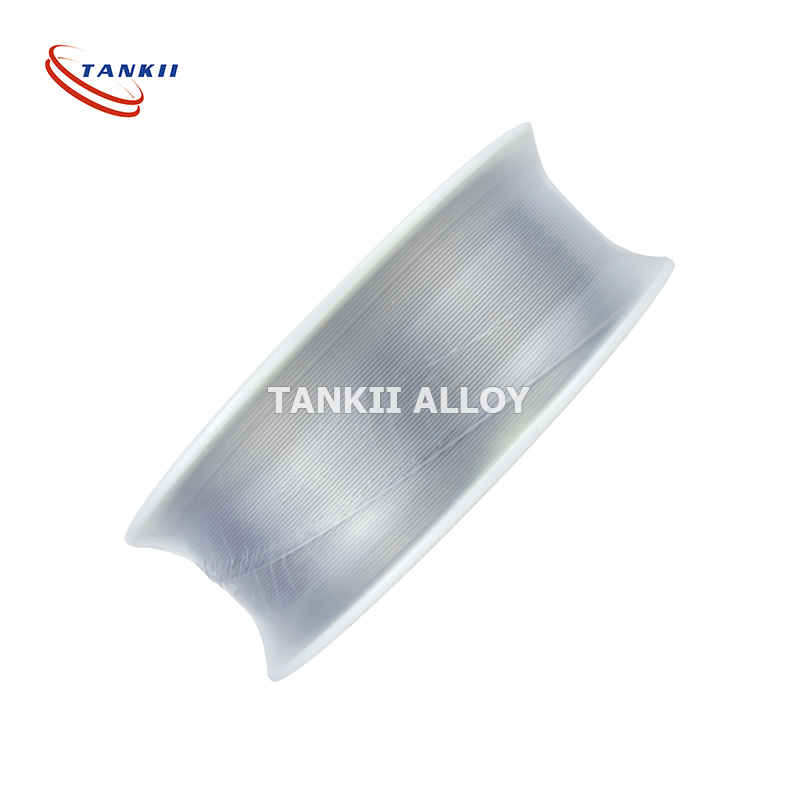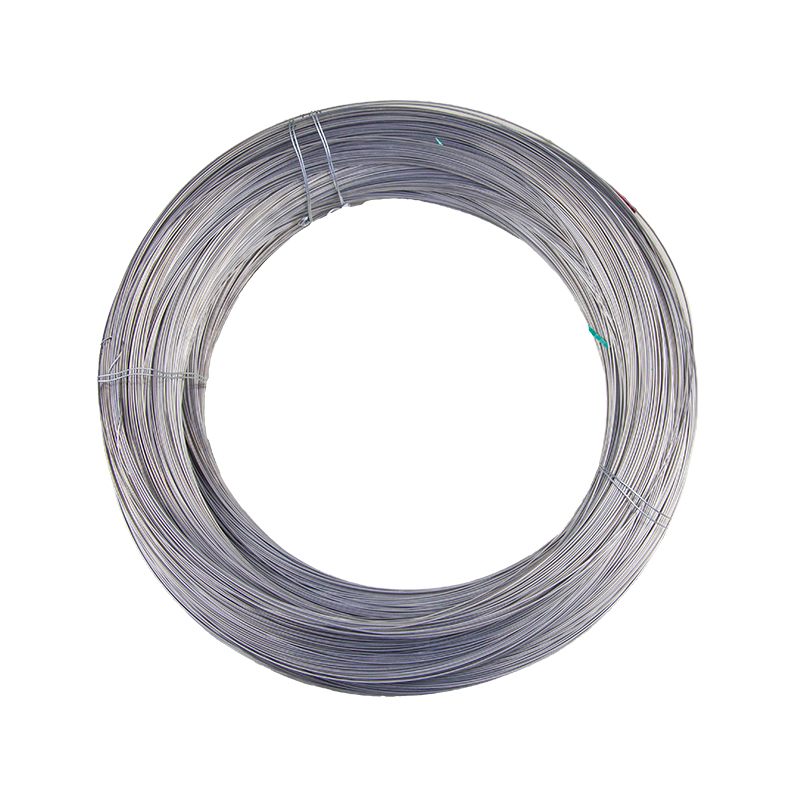Welcome to our websites!
Nickel Chromium Heat Resistance Alloy Electrical Wire 2080/3070
HNickel Chromium heat resistance alloy electrical wire 2080/3070
The Nickel-Chrome wires is widely used as the high resistance alloy for electrical heating and wire-wound resistors in metallurgical industry,chemical industry and electrical industry, etc.
This alloy wire has higher electrical resistance coefficient, good anti-oxidation and anti-corrosion performance, and it also has good mechanical workability and weldability, with a high strength at high temperature.
Main characteristics of Ni-Cr and Ni-Cr-Fe electric heating alloys
|
Type
|
Cr30Ni70
|
Cr15Ni60
|
Cr20Ni35
|
Cr20Ni80
|
Cr20Ni30
|
Cr25Ni20
|
|
|
Performance
|
|||||||
|
Main Chemical composition
|
Ni
|
Rest
|
55.0-61.0
|
34.0-37.0
|
Rest
|
30.0-30.4
|
19.0-22.0
|
|
Cr
|
28.0-31.0
|
15.0-18.0
|
18.0-21.0
|
20.0-23.0
|
18.0-21.0
|
24.0-26.0
|
|
|
Fe
|
≤ 1.0
|
Rest
|
Rest
|
≤ 1.0
|
Rest
|
Rest
|
|
|
Max. continuous service temp. of element
|
1250
|
1150
|
1100
|
1200
|
1100
|
1050
|
|
|
Resistivity at 20ºC
( μΩ m)
|
1.18±0.05
|
1.12±0.05
|
1.04±0.05
|
1.09±0.05
|
1.06±0.05
|
0.95±0.05
|
|
|
Density(g/cm³)
|
8.10
|
8.20
|
7.90
|
8.40
|
7.90
|
7.15
|
|
|
Thermal conductivity
(KJ/m h ºC)
|
45.2
|
45.2
|
43.5
|
60.3
|
43.8
|
43.8
|
|
|
Coefficient of lines expansion(αx10-6/ºC )
|
17.0
|
17.0
|
19.0
|
18.0
|
19.0
|
19.0
|
|
|
Melting point(αpprox.)
(ºC )
|
1380
|
1390
|
1390
|
1400
|
1390
|
1400
|
|
|
Elongation at rupture(%)
|
> 20
|
> 20
|
> 20
|
> 20
|
> 20
|
> 20
|
|
|
Micrographic structure
|
austenite
|
austenite
|
austenite
|
austenite
|
austenite
|
austenite
|
|
|
Magnetic properties
|
nonmagnetic
|
Low-magnetic
|
Low-magnetic
|
nonmagnetic
|
Low-magnetic
|
nonmagnetic
|
|


Write your message here and send it to us










